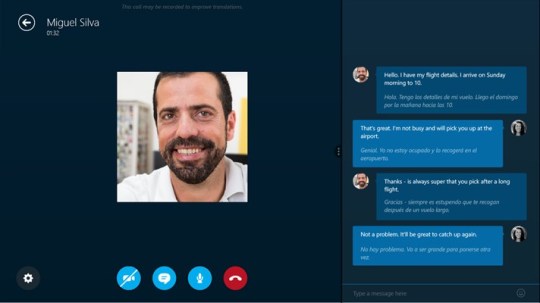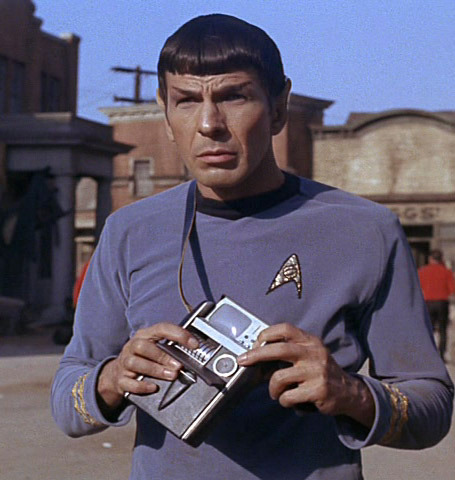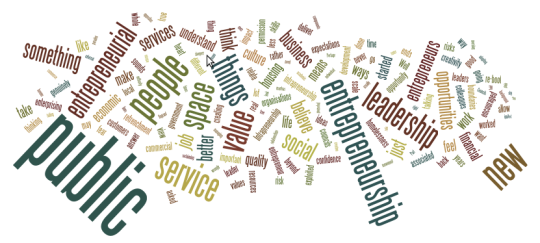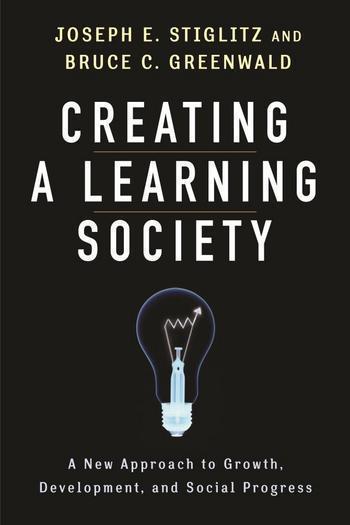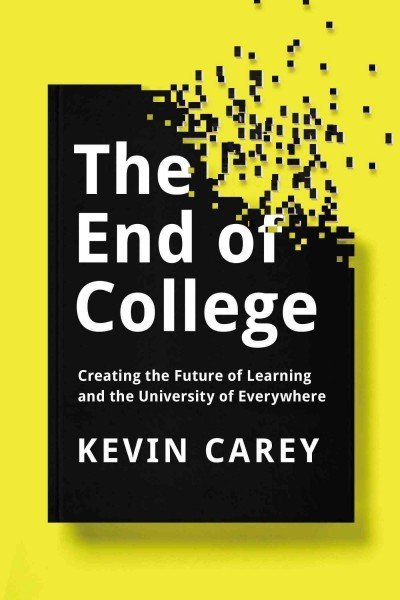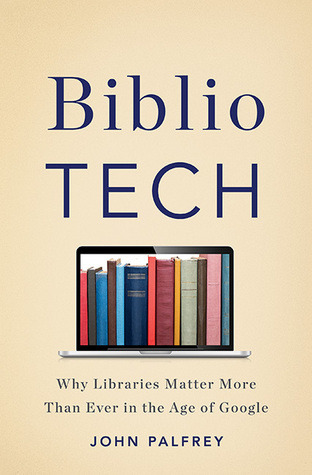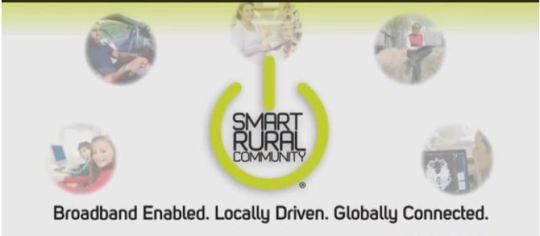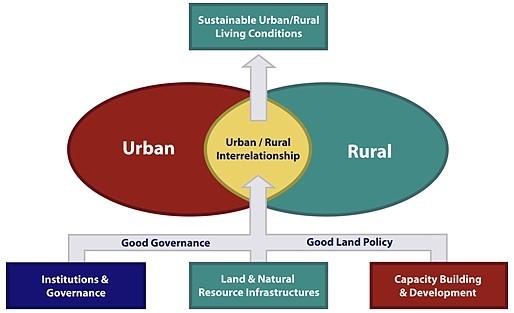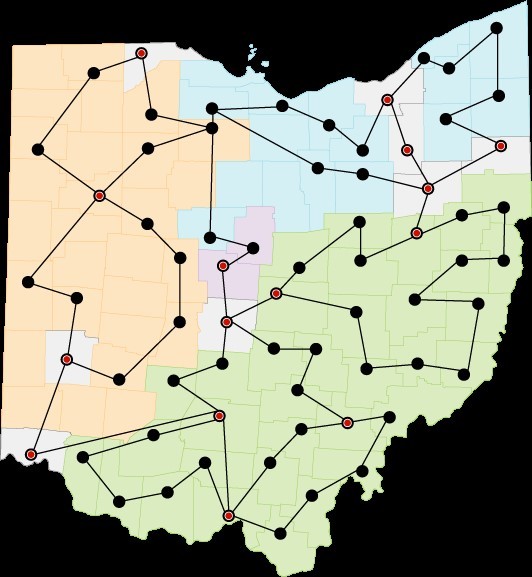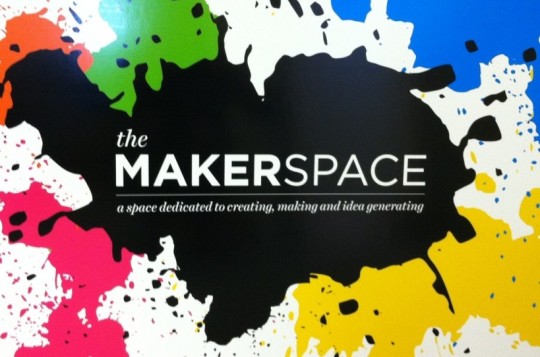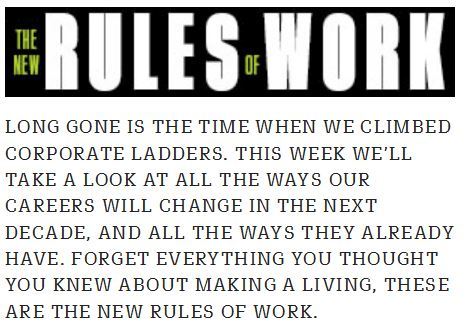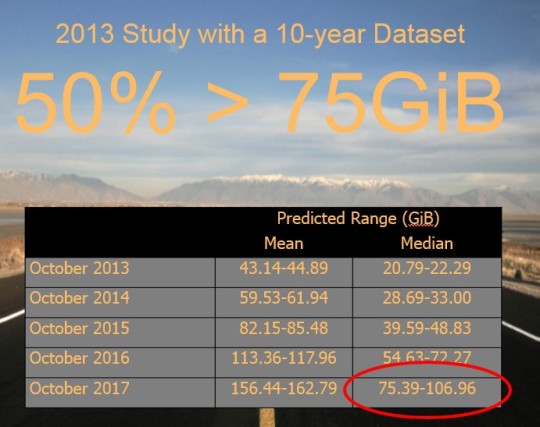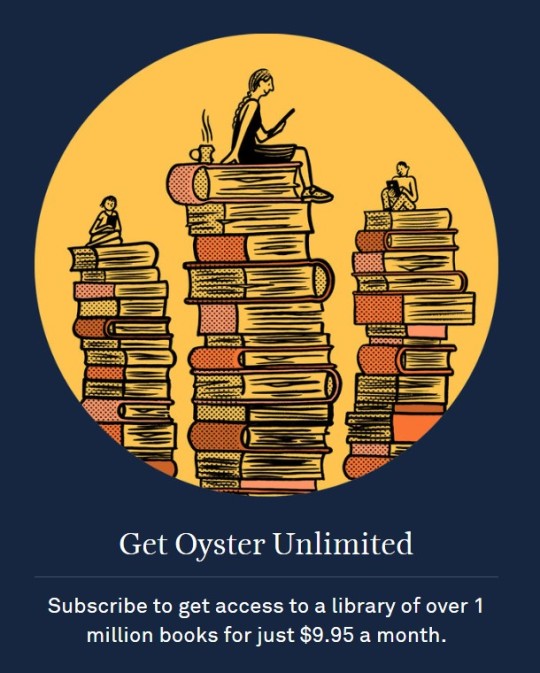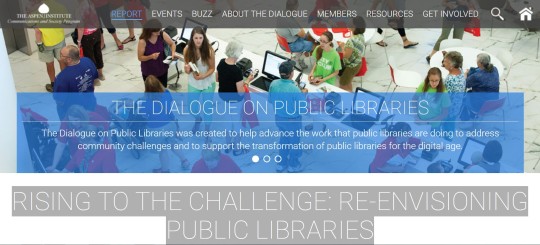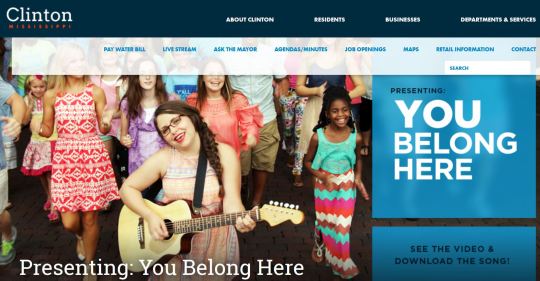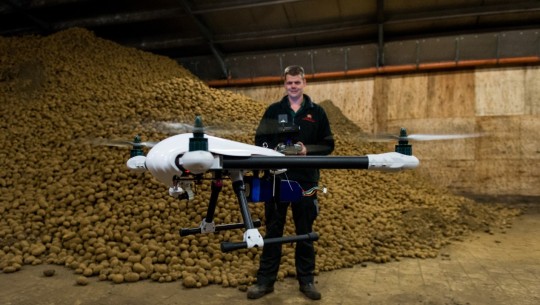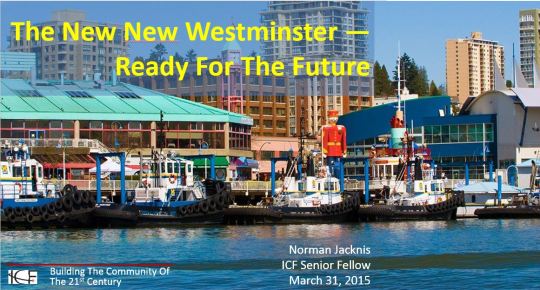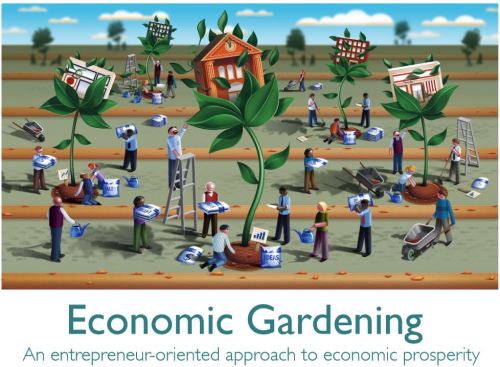During the last half of the last century, there was much concern
about people leaving cities. Several books explored the phenomenon,
including one titled “Urban Exodus”, a phrase that became almost a rallying cry for urbanists and urban planners.
Many of the cities – even the largest ones – lost population as people moved out to the suburbs and even further to ex-urbs.
Then
over the last decade or two, with a general decrease in crime and
the arrival of both immigrants and young people who grew up elsewhere,
many cities – although certainly not all – were re-populated and turned
around. We read many stories about how these new arrivals are bringing a
new vibrancy to urban areas. And we frequently hear about the various
predictions of the continuing urbanization of the world’s population.
Of course, rural life continues to have its attractive qualities for some people. So, about two years ago, I asked “Will The Best & Brightest Return To The Countryside?”
That blog post even had a reference to a New York Times story about
older folks returning to rural life after business careers elsewhere – “A Second Career, Happily in the Weeds”.
A necessary youth movement among farmers has also developed. In western Canada, there is the Young Agrarians
whose motto is “growing the next generation of farmers and food lovers
in Canada”. On the other side of the continent, the Virtual Grange has
run young farmers conferences.
Even more recently, with the
diffusion of information and communications technology, there has
started a new urban exodus, with a more significant twist. This exodus
is not about the movement to the suburbs of middle class families, whose
breadwinners work for large corporations. Rather it is about creative
folks, artists, and others from cities, going past the suburbs, to live
in rural areas where they can practice their craft and/or become
farmers.
The magazine, Modern Farmer, was established to serve
this group of people – in its own special hipster way that would
otherwise be associated with parts of San Francisco or Brooklyn. In a
recent issue, the magazine contained an article “At Home with Jacob and Alissa Hessler of Urban Exodus”.

The appropriately named Urban Exodus website describes its founders and cohorts this way:
“The
new age of back to landers. Urban Exodus gives an intimate glimpse into
the spaces and lives of creative urbanites who chose to leave the
concrete jungle for greener pastures. In addition to the idyllic imagery
of rustic farmhouses, working studios and cabins nestled in the woods,
are interviews detailing their journey. These interviews highlight the
triumphs and the struggles they have experienced and the inspirations
they have found since choosing to live a life away from the urban
existences they once knew.“
It’s filled with stories about people like those pictured here:

Nor is this just a North American phenomenon. William van den Broek wrote about the same situation in France:
“Many
cities of the world are facing an unexpected phenomenon: urban exodus.
No longer constrained by a localized workspace, an increasing number of
freelancers are enjoying mobility, and ultimately leaving stressful and
polluted cities. After the rural exodus, following the industrial
revolution, are we now facing a digital urban exodus. Perhaps this
movement is now following the digital revolution?”
Any social
trend is complex, especially in the world today. So, for some people,
it’s not a matter of taking leave from the city, but living in both the
city and the country – a combination that technology also makes
possible. I mentioned Brooklyn before as one of the centers of the
young creatives on the East Coast. Among those splitting their time in
city and country are young Brooklyn families who maintain residences
both in Brooklyn’s urban core and more than a hundred miles away in the
rural parts of the Hudson Valley and Catskills Mountains.
Unfortunately,
rural areas on the wrong side of the digital divide will not be very
inviting to this potential influx of sophisticated folks because those
areas lack the required connectivity to the rest of the world.
Nevertheless, with the creative and idealistic people behind it, this
new urban exodus is very much worth watching.
© 2016 Norman Jacknis, All Rights Reserved
[http://njacknis.tumblr.com/post/139052799904/the-new-urban-exodus]

